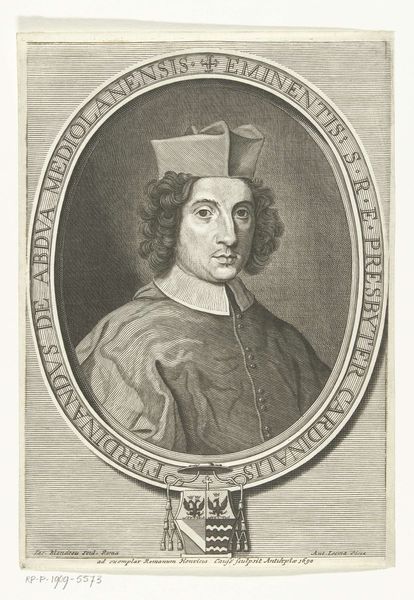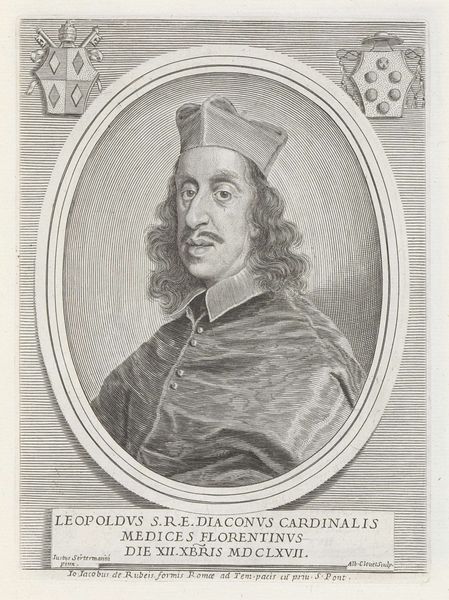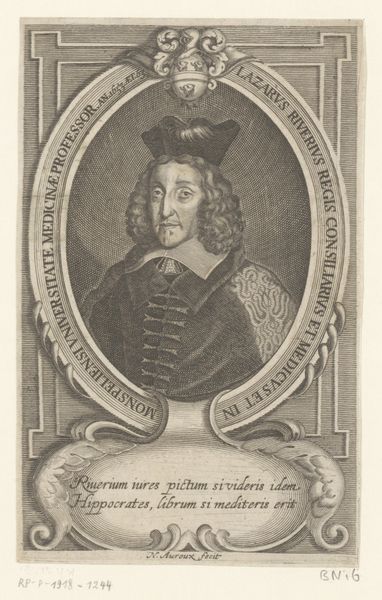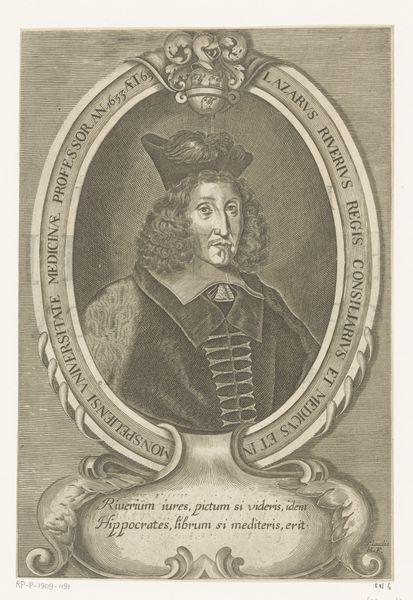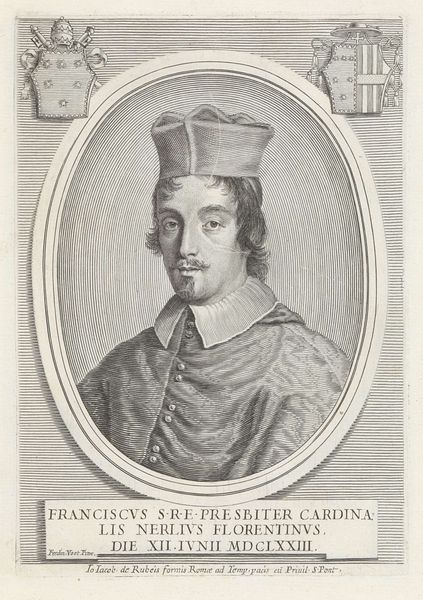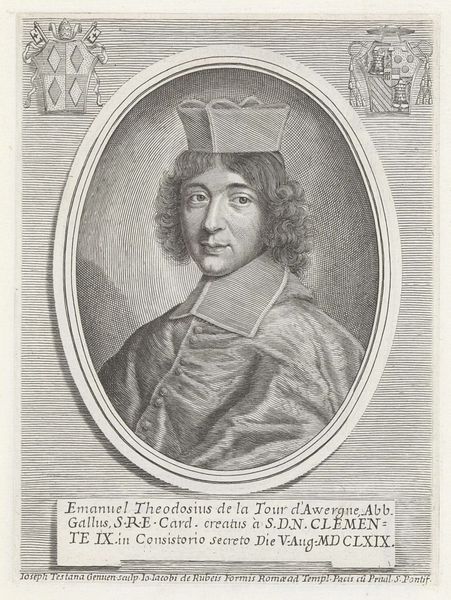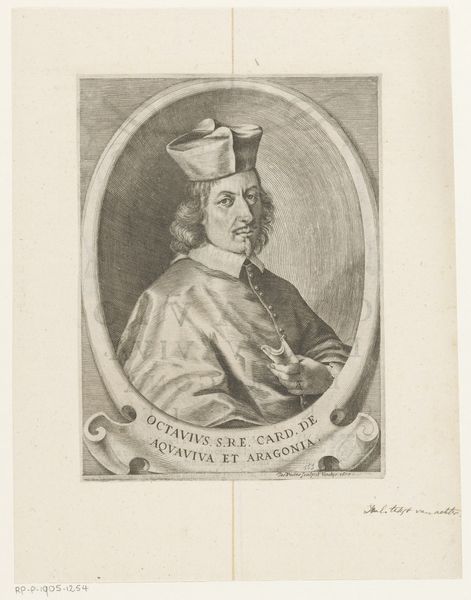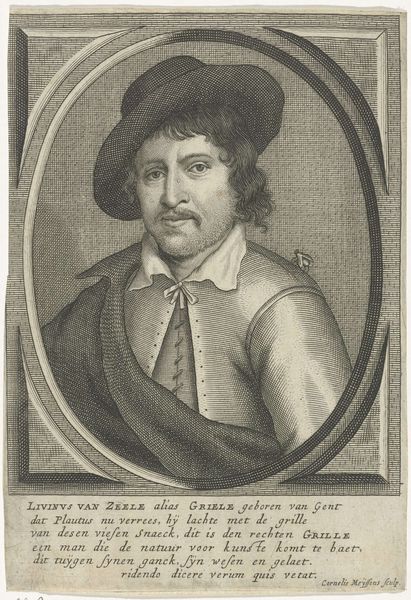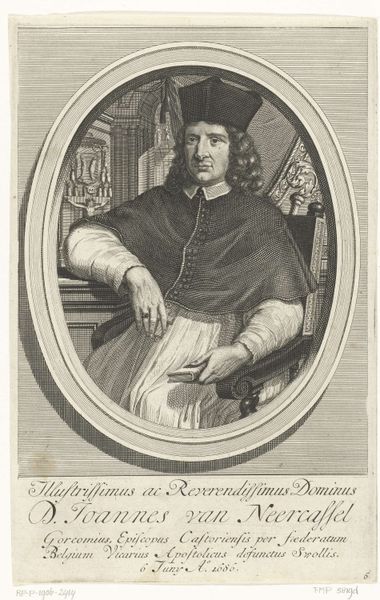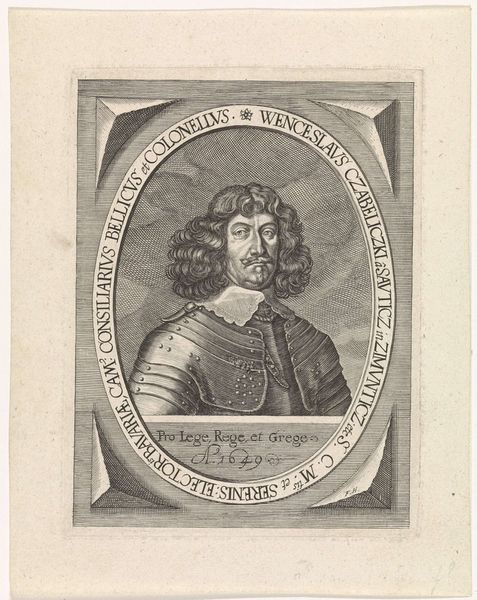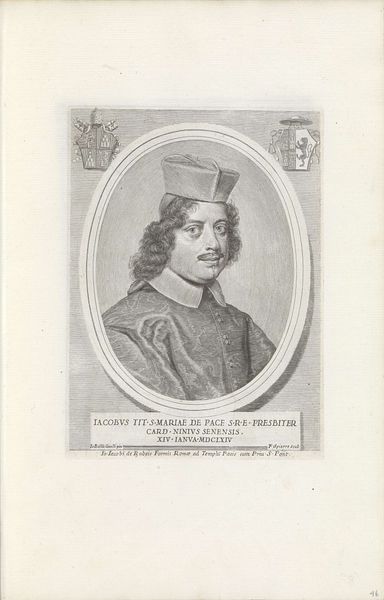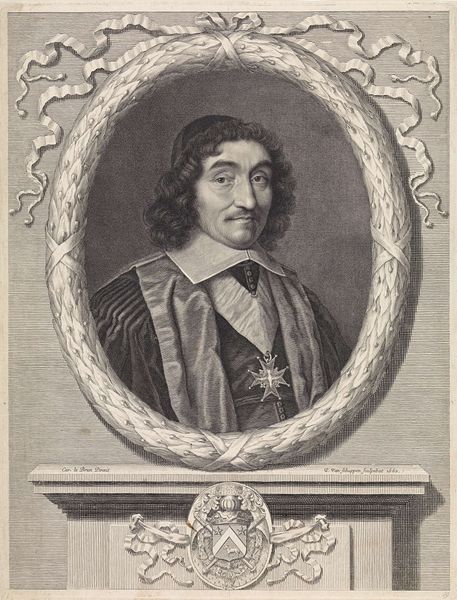
engraving
#
portrait
#
baroque
#
old engraving style
#
figuration
#
pencil drawing
#
line
#
sketchbook drawing
#
history-painting
#
engraving
Dimensions: height 198 mm, width 140 mm
Copyright: Rijks Museum: Open Domain
Curator: Looking at this print, I'm immediately struck by how meticulously rendered the fabric appears. You can almost feel the silkiness through the fine lines. Editor: And speaking of those lines, let's delve into the details. What we have here is a work entitled "Portret van kardinaal Felice Rospigliosi," an engraving dating roughly between 1673 and 1691. The artist, well, remains anonymous. Curator: Anonymous, but clearly skilled in the craft of engraving. I'm drawn to the textures he achieves just through varying line weight and density. I can almost see the engraver hunched over the metal plate, diligently building up the image bit by bit. Editor: Absolutely. Engravings like this played a crucial role in disseminating imagery, shaping public perception and bolstering the church's image through portraiture. Curator: Precisely. This portrait, located at the Rijksmuseum, offered the Cardinal an avenue for self-presentation within the broader society of the church hierarchy. You notice the coat-of-arms at the top? It roots him and places him in society. Editor: And consider the economics. From the material production of ink and paper, and the labor involved in creating and distributing prints, that contributed to an art market, which created jobs! Curator: Certainly. I think it is also interesting to think about how the Cardinal and others in the Rospigliosi circle probably received the print; prints often functioned in the 17th century as diplomatic gifts that served to extend relationships and flatter the elite circles. Editor: I like that idea of gifts and flattering images. Today, in a time of digital art and reproduction, looking closely at older formats makes you remember the artistic work involved, a valuable form of appreciation. Curator: It makes me think about the role of prints in standardizing visual culture, cementing the image of figures like the Cardinal Rospigliosi within a certain historical narrative. Editor: Exactly. Thinking about all this from a material perspective truly adds another layer to our understanding of this "old engraving style". Curator: Yes, thinking about those power dynamics gives us something new to think about when we come to encounter new objects and historical stories.
Comments
No comments
Be the first to comment and join the conversation on the ultimate creative platform.
